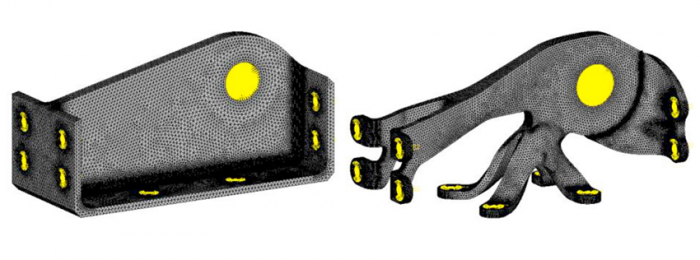Multiscale Modelling
Multiscale modelling is a core programme which touches all areas of CDRSP Research.
We perform modelling on molecular systems to predict their properties and interpret experimental data. We employ finite element modelling methods and mathematical methods to optimise the process parameters of manufacturing technologies including injection moulding, water/gas assisted injection moulding, reaction injection moulding, 3d printing, electrospinning, -selective laser melting, stereolithography, vacuum forming, blow moulding, extrusion and filament production for fused deposition modelling. We employ a mix of commercial software, open source software and code developed at CDRSP.
In many manufacturing processes the emphasis is on producing a shape but as is well known the properties of the part depend critically on the morphology and microstructure of the material and this in turn depends in complex ways upon the method and the process parameters used in its manufacturing. This is as true for direct digital manufacturing technologies as it is for classic technologies such as fibre spinning or reaction injection moulding.
Our aim is to develop effective modelling methodologies for all the relevant lengths and time scales for each manufacturing process. In some areas this is quite well developed, in others we are in the exploratory stage. This is a challenging area which needs connectivity between the different scales of structure. To give a particular example to more clearly illustrate the challenges, we shall consider the production of multi-tubular components using Water-Assisted Injection Moulding. In this technique We inject molten plastic in to a conventional steel mould. A few seconds later we inject via second injection point, cold water at a high pressure. This displaces some of the molten plastic to create a hollow part. A critical step of the process is the formation of a thin wall of polymer adjacent to the mould surface which will be the wall of the tubing in the final part. The delay time between plastic injection and water injection is a key parameter and this can be established by computer simulation to save time with the production facilities and injection equipment.
Equipment:
|




